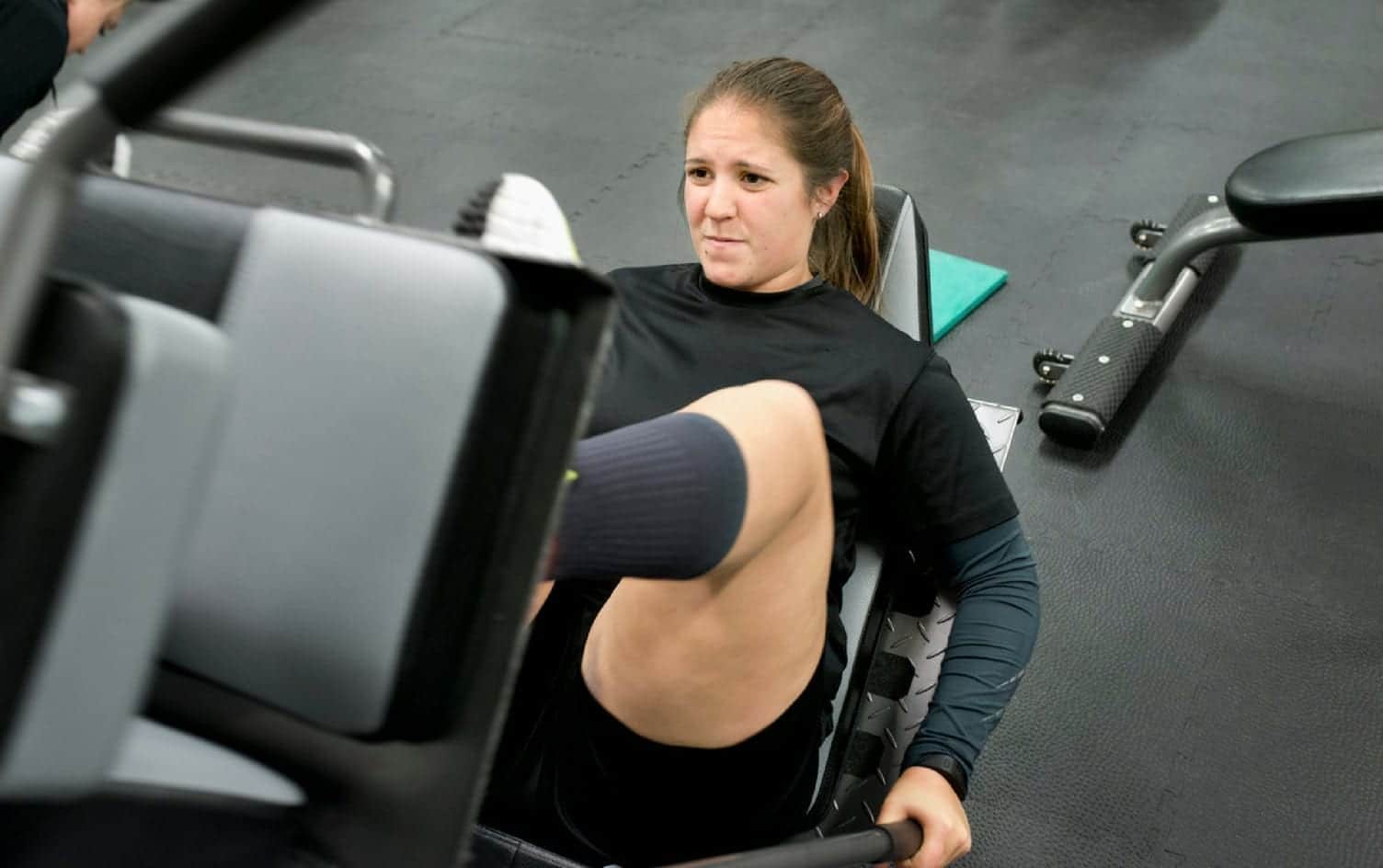Fitness junkies thrive on pushing through tough workouts. After all, few things are more rewarding than tackling an intense routine and coming out victorious — and drenched in sweat. But, at some point, pushing through a workout goes from admirable to foolish. So, how do you know when to set your ego aside and throw in the towel, if only temporarily?
“You have the phrase, ‘No pain, no gain,’ which is a cool thing to put on a T-shirt, but if you have an injury because you’ve pushed through something, you’re not going to get the progress you’re looking for,” says Eliza Nelson, ACE-certified personal trainer and orthopedic exercise specialist.
WHEN TO STOP
Obvious signs that it’s time to scale back or stop your workout altogether include joint pain, dizziness, heart palpitations and any sharp pain. “Our pain receptors are there for a reason,” Nelson says. “There’s a difference between pushing through a heavy weightlifting set and ignoring our body’s signals to stop.”
That said, there are gray areas.
THE EXTENSIVE “GRAY AREA”
For example, if you’re performing a heavy leg press or back squat and begin to feel the load in your knees, you may simply need to adjust your form. One common solution is to focus on keeping your knees tracking along your second toe to prevent them from caving inward, says Paul Ochoa, doctor of physical therapy and owner of F Squared Physical Therapy in New York City.
However, if your form is compromised because you’re experiencing pain (i.e., you’re putting more of your weight on one side), that’s another story. “If you end up compensating [for pain], that can lead to injury, too, because now another muscle that wasn’t supposed to be part of this movement is being used, or maybe it’s not being used in the best way,” Nelson explains. In these instances, it’s best to take a break from doing that particular exercise and possibly seek professional help.
IF YOU’RE JUST GETTING STARTED
Newer exercisers, or those jumping back into a routine after a long break, in particular should take special note of any pain while exercising. In fact, Ochoa recommends beginning exercisers start easy and stick to low- to moderate-intensity workouts during their first month. After all, you need to give your bones, muscles, joints, tendons and connective tissues time to adapt to the new stresses before increasing intensity.
What’s more, if you’re just starting (or restarting) an exercise regimen, chances are you’re not in tune with your body’s signals just yet — and this is where you can run into trouble. “The reason I would be more conservative with [new exercisers] is because they don’t have the experience to decipher between muscle fatigue pain and something that might indicate they’re creating an overuse injury like a tendinitis,” Ochoa explains.
IF YOU’RE MORE EXPERIENCED
More experienced exercisers should have an easier time differentiating between standard muscle fatigue and abnormal aches and pains, but even this group doesn’t always know when to lighten up. While most people recognize that a sharp pain isn’t good, dull aches or pains can be harder to diagnose.
If this is you, consider whether the ache or pain you’re experiencing is new. If it is, change your workout for the day. For example, if you feel shoulder pain while doing a heavy overhead press, try reducing the weight a little. If you feel pain while pressing a weight that normally doesn’t give you any trouble, let your shoulders rest for a few days. Sometimes, good old-fashioned rest is all it takes to solve the problem, Ochoa says.
Now, if you still feel pain when you revisit that exercise a week later, consider visiting a doctor or physical therapist for help.




